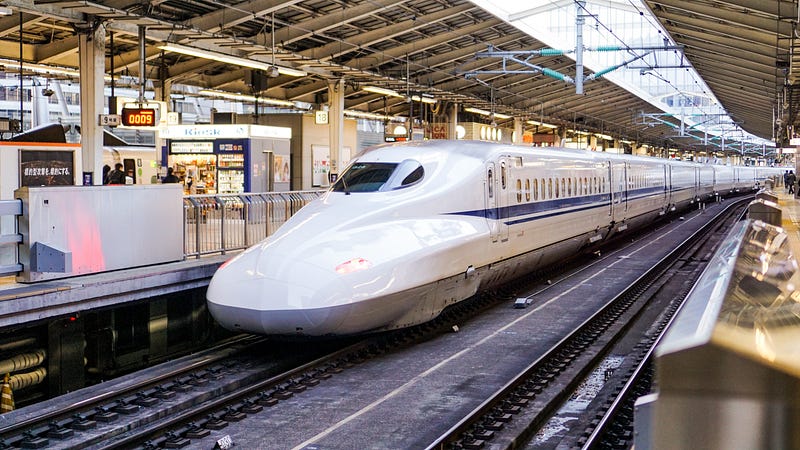A Vision for Tomorrow: Embracing Biomimicry in Technology
Written on
Chapter 1: Understanding Biomimicry
In her seminal 1997 book, Biomimicry: Innovation Inspired by Nature, Janine Benyus coined the term "Biomimicry." She traces humanity’s evolution from the Agricultural Revolution, through the Scientific and Industrial Revolutions, to our current era dominated by petrochemicals and genetic engineering. Despite our ability to synthesize materials and modify genetic codes, we often overlook our reliance on natural laws, which govern all life forms. These principles remind us that no species can monopolize resources without jeopardizing its own existence. Hence, we must draw from the insights nature has gathered throughout its evolution, applying its designs and mechanisms to our innovations.
Benyus categorizes biomimicry into three tiers, ranging from surface-level to profound inspirations from nature. She states:
- Nature as Model: This aspect focuses on observing and emulating nature’s designs to address human challenges—like creating solar cells modeled after leaves.
- Nature as Measure: This perspective uses ecological criteria to evaluate the sustainability of our innovations. After billions of years of evolution, nature has discerned what is effective, suitable, and enduring.
- Nature as Mentor: This view shifts our relationship with nature from one of extraction to one of learning.
The concept of using nature as a blueprint gained traction in the 1970s. Fritjof Capra, an American physicist and systems thinker, articulated in his book The Turning Point (1982) how advancements in early 20th-century physics transformed our worldview from a mechanistic to a holistic perspective. He argued that the intricate nature of our social, environmental, and health challenges necessitates a fundamental shift in our values and perceptions.
Biomimicry can be applied across an array of sectors, including architecture, agriculture, and industrial design, due to the complexity and diversity of biological systems.
Here are a few notable examples of biomimicry in action:

Section 1.1: Examples of Biomimicry
In the 2008 Beijing Summer Olympics, the National Aquatics Center, often referred to as the 'Water Cube,' showcased an architectural marvel with its façade made of 4,000 blue inflatable cushions made from Ethylene Tetrafluoroethylene (ETFE). This design mimics soap bubbles, capturing solar energy to heat the pools and regulate temperatures, marking a significant achievement in biomimetic architecture.
The Sahara Forest Project, introduced during the UN climate negotiations in Copenhagen in 2009, aims to replicate conditions conducive to vegetation growth in desert areas. By utilizing biomimetic designs, the project seeks to develop infrastructure to transport saltwater inland and support electricity generation and greenhouses, fostering economic activity. Its first pilot facility was established in Qatar in 2012, with additional projects underway in Jordan and Tunisia.
Masanobu Fukuoka, a Japanese farmer and philosopher, proposed the 'Natural Farming' or 'Do-Nothing Farming' method, which refrains from plowing and chemical use, recognizing the complexity of ecosystems. Initially dismissed in the early 2000s, recent findings by the United Nations Food and Agriculture Organization (FAO) have validated Fukuoka’s approach, underscoring the need for agricultural practices that honor biodiversity and enhance environmental health.
The Shinkansen bullet train in Western Japan, traveling at speeds over 240 km/hr, faced issues with sonic booms upon exiting tunnels, disturbing nearby communities. Engineers resolved this by studying the kingfisher's beak, redesigning the train's nose to mimic its shape. This adaptation not only eliminated sonic disturbances but also increased the train's speed by 10%.
Chapter 2: Insights and Innovations
The first video, Biomimicry: 5 Amazing Technologies Inspired by Nature, explores groundbreaking innovations that draw inspiration from the natural world.
The second video, Biomimicry: How Nature's Designs Influence Technology Advancements, delves into the ways nature's designs are shaping modern technology.